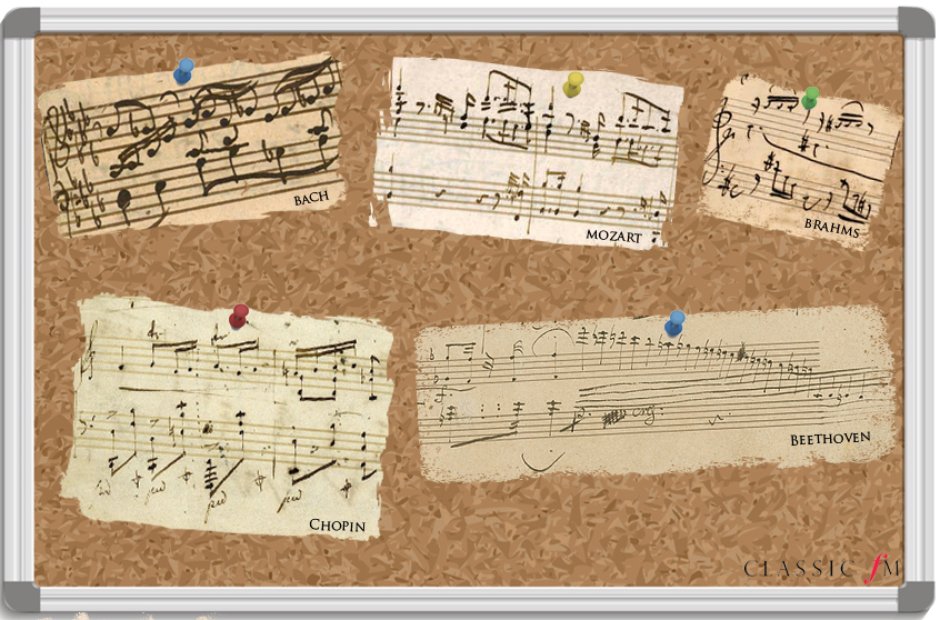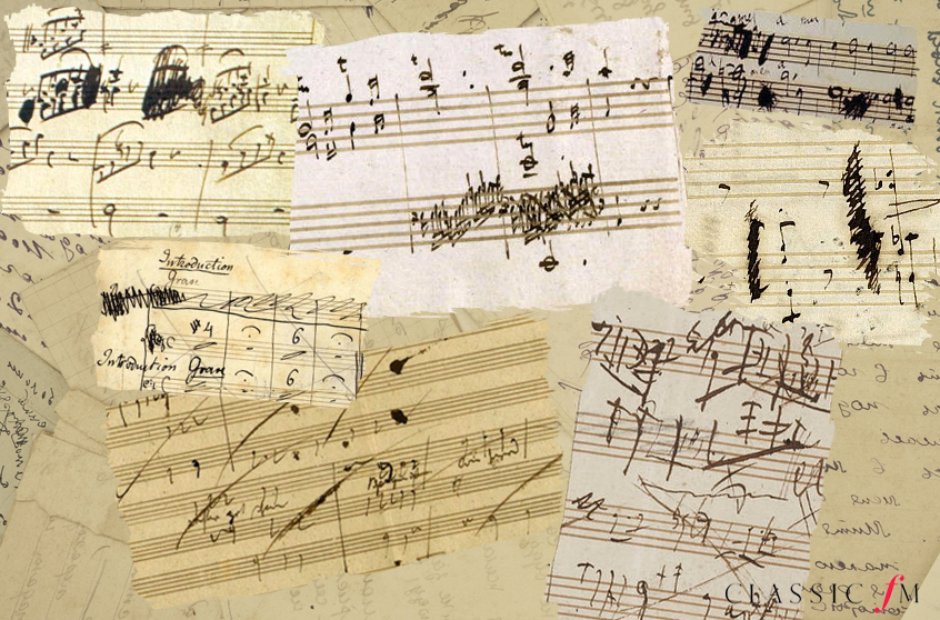

Figuratively, the deep personal expression seems borne of that same insight Beethoven draws upon during this late period. This is the movement that can be described as being out of this world. Beethoven, although deaf at the time, was said to have wept upon hearing the Cavatina in his inner ear. Then the movement ended with several pulsating chords dying away in melancholy resignation. The music, almost unbearable in its utterly gripping message, finally released its hold and returned us to a slightly altered version of the original material. Beethoven marked the word 'Beklemmt' above this passage, loosely translated as ' oppressed' or 'anguished'. The effect was one of gathering desperation. The first violin served as a proxy for someone who seemingly had lapsed into disorientation and hopelessness. While the lower three voices laid down a ghostly pattern of repeated triplets, the first violin wove imploring but tentative notes far above, almost none of which coincided with the ongoing rhythm. The extended opening section, moving as it was, then led into one of the most deeply affecting moments in music. The word 'Cavatina' originally described a short song of simple character, but Beethoven re-imagined the form. The Cavatina, Adagio molto espressivo, began with a simple rising and falling of the second violin’s first notes, and then eased into hymn-like four-voiced music of heart-felt beauty. The ‘Cavatina’, perhaps the most beautiful movement he ever wrote, is highly charged with intense emotion, and even the composer himself was reportedly moved to tears by its sheer loveliness and profundity. Before it he placed a waltz-like movement entitled ‘Alla danza tedesca’, which had originally been written for his previous quartet (Op. He then worked out the aria-like movement as a ‘Cavatina’ in E flat, using it for the fifth movement. His sketches reveal, however, that he became bogged down in this movement for about a month, and eventually replaced it with the present third movement, marked ‘poco scherzoso’ and also in D flat major. 130 as published in Berlin, 1827īeethoven originally planned to have a highly expressive, aria-like third movement, in D flat major. Parts/Movements 1 Adagio ma non troppo - AllegroĬoversheet Op.

It was the very last piece of music Beethoven wrote. Beethoven completed the new finale in November, 1826 (after Schubert's quartet in G). A bristling, difficult fugue of epic proportions was deemed "too much." The fugue was detached henceforth as a separate opus and Beethoven composed a fresh, much lighter finale to complete Op.

Beethoven and his publisher surprisingly came to agree that the finale did not sit well with the rest of the quartet movements. 130 was completed in its first version in November of 1825, only one year after his Ninth Symphony. The third of the late quartets in the order Beethoven composed them, the String Quartet in B-flat Major Op. It was not until the 20th century that the late quartets became widely regarded as profound and transcendent masterworks worthy of entering and if not becoming the apex of the traditional repertoire.īeethoven - String Quartet No. For decades, these quartets were regarded by most as strange, difficult, anomalous, quite possibly the work of a once great composer now degenerated into a deafness and insanity. Once Beethoven began work in earnest, he turned out not one, two or three, but five massive string quartets that ultimately become six separate works known simply and profoundly as "Beethoven's Late Quartets".

The project began in 1822 with a commission from Russian Prince Nicholas Galitzin, an amateur cellist who requested "one, two or three" string quartets. The last two years of Beethoven’s life (1825-1827) were almost completely given over to the writing of string quartets. Beethoven - Cavatina from String Quartet No.13


 0 kommentar(er)
0 kommentar(er)
